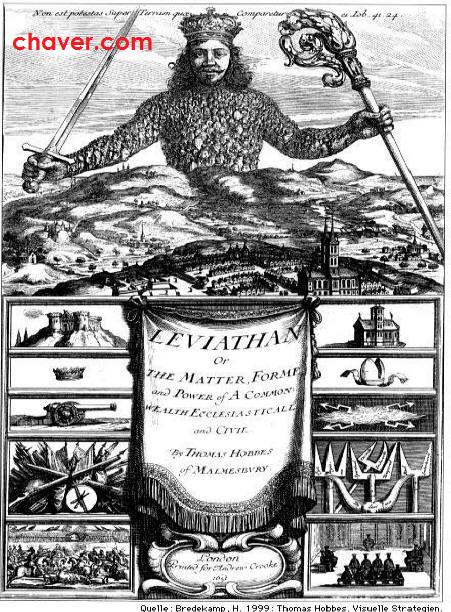Woven Text
What are woven texts?
Some parts of the Bible appear to be lists lacking clear rules of organization. Some of these lists are much more coherent when they are arranged as tables. I refer to the genre of sources that should be read as tables as woven texts. The archetypal woven text is the Decalogue. The list of laws spoken by the Lord from Mount Sinai in Exodus should be seen as a two-dimensional text composed of two columns (thus two tablets!) and five rows. Each row contains two laws, which taken together, like two points defining a line, define a conceptual category. The two columns have a fixed relationship to each other that is expressed in each of the pairs. The five categories combine with the two aspects of the columns to create a super-text. This super-text is virtually invisible until the primary text, the Decalogue, is laid out in the appropriate tabular format. The additional information available in the super-text may be a form of what Leo Strauss referred to as "writing between the lines".
The knowledge and skills required to read and write woven texts continued at least until the third century CE, when they were applied to the writing of the Mishnah. This could point to a hitherto unknown literary tradition that existed from the time of the earliest Biblical texts until the publication of the Mishnah, well over one thousand years.
Analysis of the woven texts uncovers clear conceptual lines that are totally invisible when reading the text as a linear document: the author's hidden agenda. I first reported the phenomenon in The Literary Structure of the Mishnah, Aley Sefer 14, Bar Ilan University, 1987. In The Art of Writing the Oral Tradition I explore the implications of reading The Ethics of the Fathers, a part of the Mishnah, as a woven text.
A graphic demonstration of the principles of woven text

This is the frontispiece of Hobbes' Leviathan, designed by the author.[1] The Leviathan is pictured with the symbol of civil power in is right hand, on the left side of the page, and the symbol of ecclesiastical power in his left hand, on the right side of the page. Beneath his hands are two columns of five illustrations each. Each illustration in one column corresponds to an illustration opposite it in the other column, thereby creating five pairs. Each pair, or row, has a theme, as do the two columns. Each individual illustration is thus the product of its column and row. This is the first principle of woven text. The individual element, or pericope, is the product of the intersection of two planning lines. The result is the creation of a document that can be compared with a Cartesian coordinate system, in which any given point, (pericope) can be defined by the intersection of two conceptual threads.
The table has been constructed according to two sets of rules, the set expressed in the columns and the set expressed in the rows. The first goal of the interpretation should be to clarify these two sets of rules. In the case of the Leviathan frontispiece, the rules of the columns are defined by the illustration above the table, civil rule (pun intended) on the left and ecclesiastical rule on the right. There is also a unifying principle behind the two rules, the Leviathan.
I have reproduced the page primarily as a visual aid to help understand what is involved in interpreting a table. The objective is to understand the meanings embedded in the structure. For example, how are we to deal with the obvious pairs? How do we determine what is the common concept that unites them? In the first pair above, for example, is it sufficient to say that we see two buildings? Is it significant that they both seem to be near the sky, perhaps even near heaven? Surely, we must also note that they are seats of power. Should we look for a connection between the buildings and the headgear in the next pair? Is there a regular flow from pair to pair? Moreover, if so, is it from the top to the bottom, or the opposite? Could the flow differ in the two columns?
[1] I thank my friend and colleague, Andy Wehrle USNA, for bringing this frontispiece to my attention.